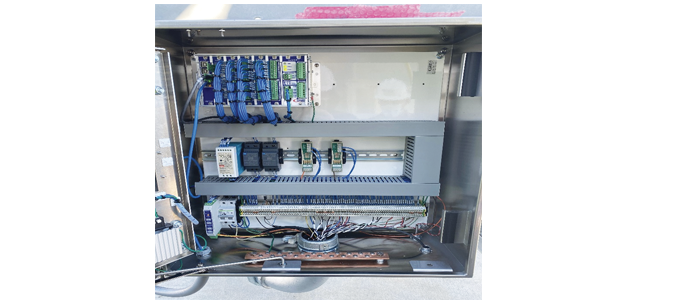- +61 7 3374 2877
- Email Us
“While cyclic testing and maintenance of a circuit breaker’s operating systems by maintenance personnel are the most common means of keeping breakers in optimal operating condition, this approach can sometimes lead to misdiagnosis of potential failure modes. The introduction of high-speed waveform capture of the operating coils and main contacts offers a high level of insight concerning a breaker’s real-time operating condition and the development of operational defects.”
Circuit Breakers are highly critical to the power-protection system given their assignment of physically interrupting power flow to protect critical assets. However, the misoperation of breakers remains one of the most common failure points. If a breaker is not functioning correctly:
While cyclic testing and maintenance of a circuit breaker’s operating systems by maintenance personnel are the most common means of keeping breakers in optimal operating conditions, this approach can sometimes lead to misdiagnosis of potential failure modes. The challenges of offline testing include:
Through the application of online breaker monitoring, many of the conditions which can lead to breaker failure can be identified in their incipient stages, allowing for prognostic evaluation of breaker conditions to trigger corrective maintenance before the occurrence of a system event.

While there are multiple parameters to be considered when assessing the condition of a breaker’s mechanical systems, the introduction of high-speed waveform capture of the operating coils and main contacts offers a high level of insight concerning a breaker’s real-time operating condition and the development of operational defects.
CUSTOMER SAVE
A large renewable energy provider was looking for a way to avoid unplanned outages related to the circuit breakers they use daily to switch between a generator and solar power at one of their locations. In the previous year, one breaker had slowed to the point that the breaker fail scheme was forced to operate, causing them to experience an outage. After performing lubrication maintenance to the breaker and bringing interrupting times back within acceptable limits, a Dynamic Ratings’ Breaker Performance Monitor (BPM) was installed in May 2021 to monitor the asset’s health. This was done using non-intrusive sensors to simplify ease of installation and prevent the introduction of new errors. The BPM provides the end-user with continuous online monitoring of breaker interrupting times for each operation.
The BPM provides trip coil signatures for each operation. As indicated in the waveform capture comparisons of the initial operations after the May installation, the breaker was operating consistently and was within nameplate-rated interrupting time parameters. Due to the responsibility of this breaker to switch between steam generation and solar power, there was a minimum of two breaker operations per day, allowing a large amount of data concerning the breaker’s mechanical condition to be gathered over a relatively short period.